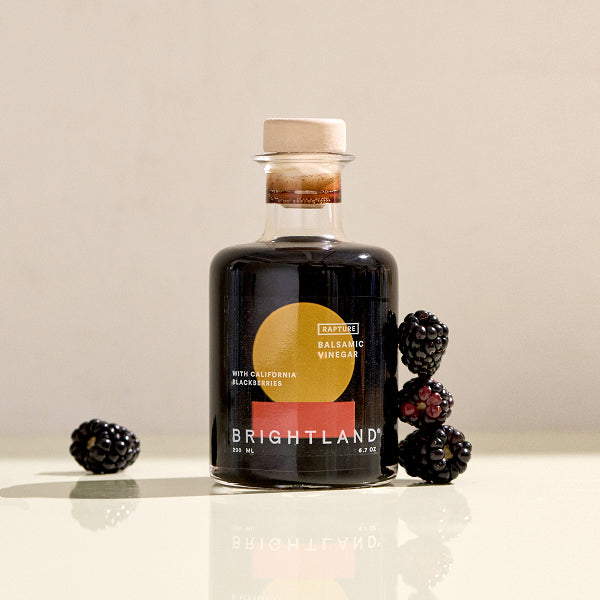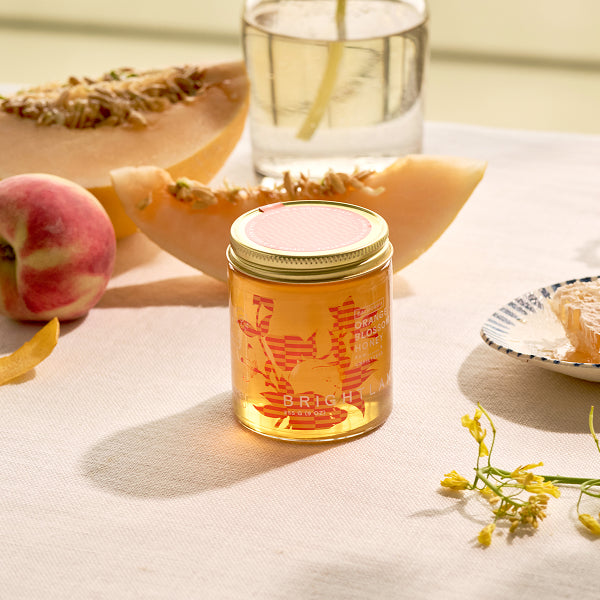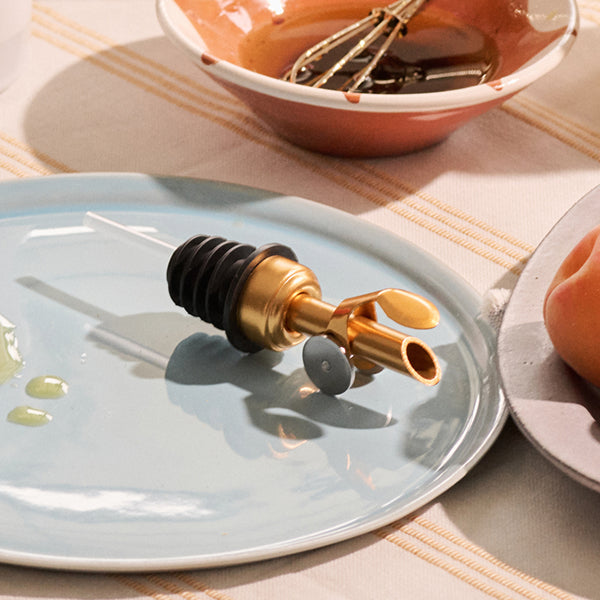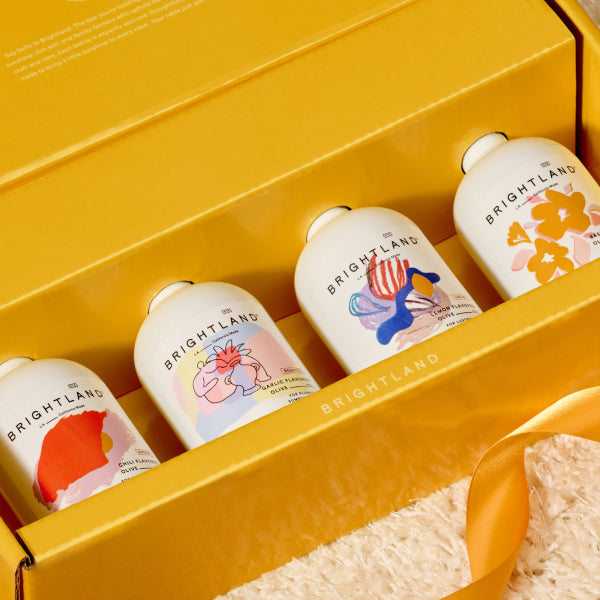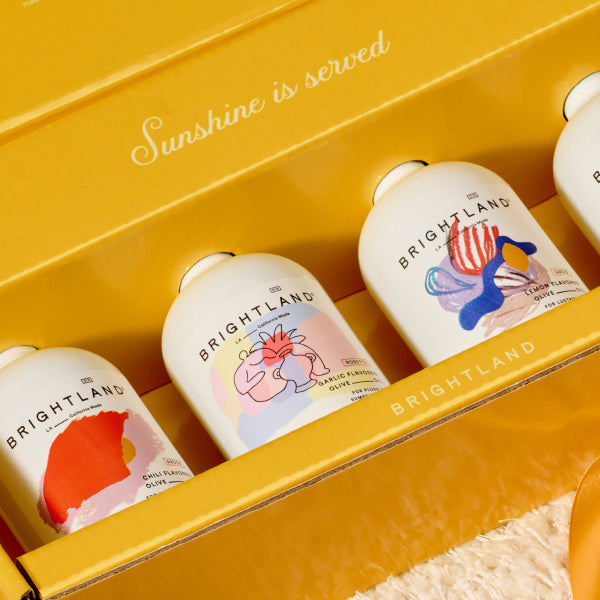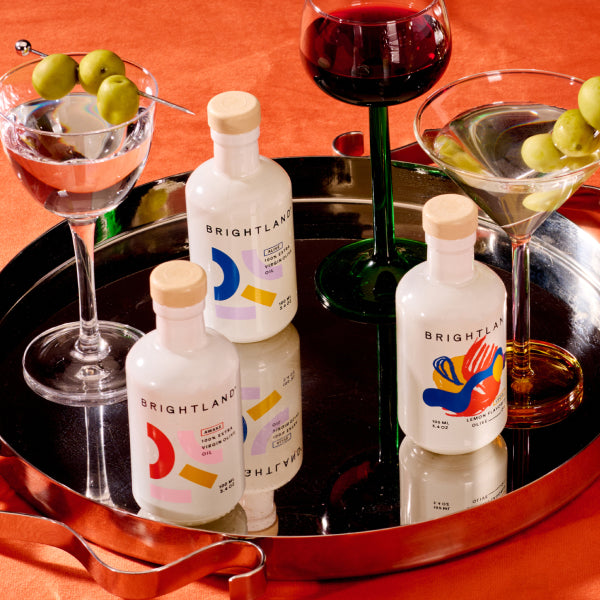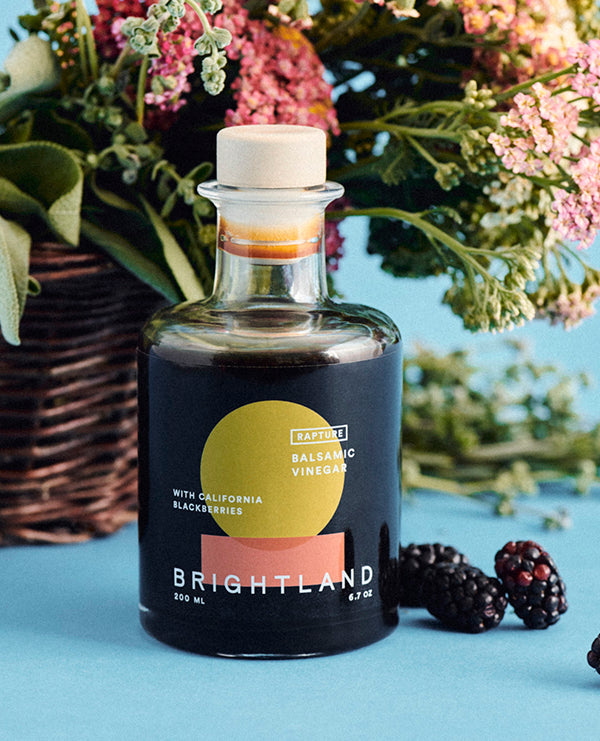It seems like a new category of honey pops up every month, and it can be hard to keep track of them. Today, we are tackling raw honey vs. pure honey, exploring the similarities and differences between these two products and investigating which one you should buy for your pantry. Here is what you need to know about raw honey vs. pure honey:
[close type="rte"][open type="images" small="true"]
Raw Honey vs. Pure Honey: What Is the Difference?
Both “raw” and “pure” sound like they could be interchangeable descriptors, but when it comes down to the specifics, they mean very different things for honey. Raw honey refers to honey that has not been heated for pasteurization. It also means that it has not been cut with corn syrup, sugar or another ingredient to dilute it or change the flavor, and that it has not been closely filtered to remove pollen and air bubbles. Raw honey is lightly filtered to remove pieces of honeycomb and other debris, but that is the only processing that it undergoes. Basically, raw honey is as close to the beehive as you can get. (Learn more about what raw honey is in our dedicated guide.)
Pure honey only means that it has not been cut with corn syrup, sugar or another ingredient to dilute it. Usually, pure honey has been heated for pasteurization and filtered at least once if not twice, which is what separates it from raw honey. These heating and filtering processes are thought to improve the aesthetic appearance of the pure honey because they remove air bubbles and make the honey look more uniformly transparent. However, the processes also tend to remove or break down the pollen and nutrients that give honey its unique taste and health benefits.
[close type="rte"][open type="images" small="true"]
Pure honey may or may not be different from just plain “honey,” depending on the manufacturer. A lot of products labeled “honey” actually are diluted with corn syrup, sugar and other lower quality ingredients. The addition of these other ingredients makes the “honey” sweeter and also reduces manufacturing costs, thereby increasing profits for the grocery store and supplier. Next time you are at the store, take a close look at the ingredients on a cheap bottle of “honey” and you might be surprised what other additives are in there. Plain honey has also usually been pasteurized and filtered multiple times to give it that clear, transparent look.
Raw Honey vs. Pure Honey: Which to Choose?
In terms of the taste and nutritional benefits, we recommend choosing raw honey out of all your options. Raw honey has the highest amount of pollen and nutritional compounds, which means that it is the most beneficial choice for your health. (Learn more about how and why honey is good for you.) Because of the high pollen count, raw honey will also taste like whatever flowers were used to make it. This means that each raw honey will have a unique flavor that it imparts to whatever you mix it into.
This is why we include two different flavors, California Orange Blossom and Kauai Wildflower, in our raw honey set, The Couplet. Each of these raw honeys has a completely delicious yet totally distinct taste, thanks to the different regional flora they come from. This allows you to choose whichever raw honey will enhance your beverage or food the most.
We do not recommend choosing pure honey or plain honey because of all the heating and filtering that they undergo, which removes these beneficial and flavorful compounds. When shopping at the grocery, keep in mind that “honey” without a qualifier is pretty much just a sweetener and does not offer any of the antioxidants or nutritional benefits of raw honey, due to the dilution of ingredients and all the extra processing.
[close type="rte"][open type="images" small="true"]
If you are ready to try raw honey and discover the difference for yourself, then add our flavored honey duo to your cart today. While you are at it, feel free to browse our many other upscale kitchen staples, including extra virgin olive oil and vinegars.
[close type="rte"]


